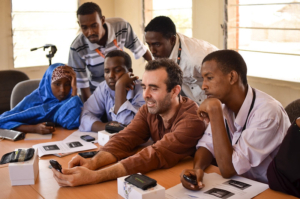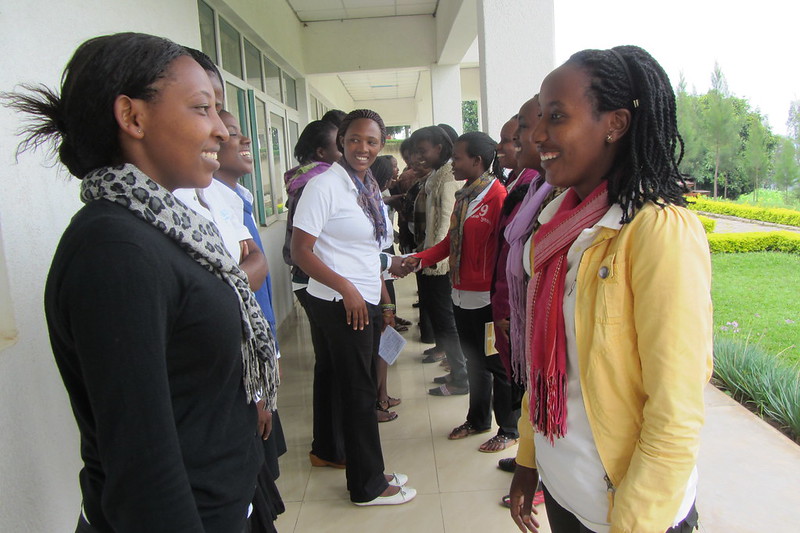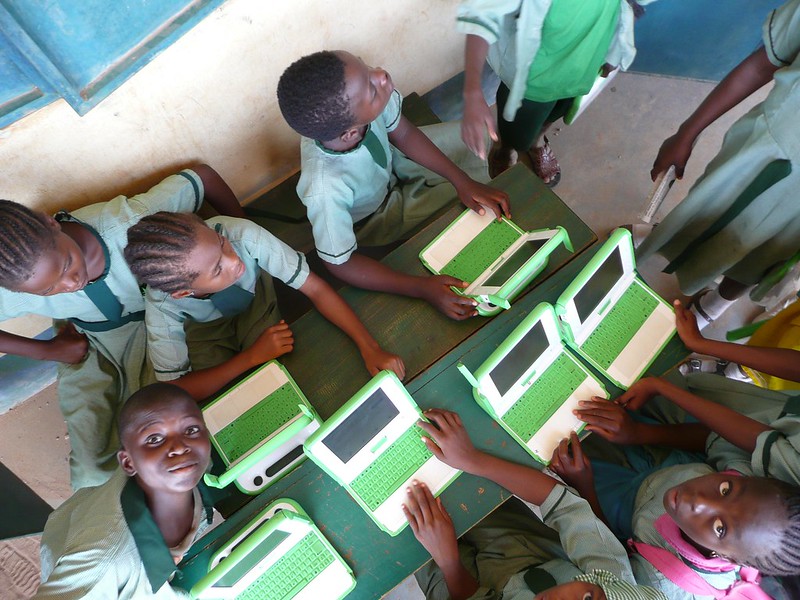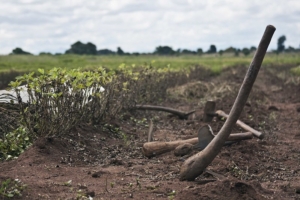 More than 120 million individuals worldwide currently face forced displacement due to persecution, conflict, violence or human rights violations. This record-high displacement leaves millions of refugees struggling to access basic necessities, education, health care and economic opportunities. However, technology solutions for refugees are reshaping lives by building resilience and creating pathways toward secure and dignified futures.
More than 120 million individuals worldwide currently face forced displacement due to persecution, conflict, violence or human rights violations. This record-high displacement leaves millions of refugees struggling to access basic necessities, education, health care and economic opportunities. However, technology solutions for refugees are reshaping lives by building resilience and creating pathways toward secure and dignified futures.
3D Printing
Additive manufacturing or 3D printing, is transforming health care access for underserved communities by providing highly customizable, cost-effective and lightweight prosthetics for refugee patients who have lost limbs while fleeing conflict. This technology enables refugees to regain mobility, independence and hope for a better future.
e-NABLE, a global network of 40,000 volunteers, has provided 10,000–15,000 free 3D-printed prosthetic hands and arms through open-source design for those lacking medical access. Similarly, the nonprofit 3DP4ME has revolutionized hearing care, delivering 52 3D-printed hearing aids to children in Jordanian refugee camps.
E-Learning Platforms
More than 50% of the world’s 14.8 million school-aged refugee children lack formal education, limiting their future opportunities and slowing global development progress. In response, the International Rescue Committee (IRC) has successfully piloted aprendIA.
This AI-powered platform delivers accessible and interactive learning through high-quality materials, including text, audio, video, gamified assessments and PDFs, via widely used messaging platforms like SMS and WhatsApp.
By leveraging artificial intelligence and natural language processing, aprendIA offers personalized feedback and learning support, ensuring continuous education for children with limited resources.
GeoMatch
GeoMatch is an AI-driven tool developed by Stanford’s Immigration Policy Lab and ETH Zurich to help governments place refugees in optimal locations for successful integration. It analyzes refugees’ background characteristics, resettlement locations and employment data to predict employment outcomes. It also provides data-driven insights to enhance overall refugee well-being.
Translation Apps
Refugees facing resettlement often struggle with the limitations of machine translations and the scarcity of interpreters for some languages. These obstacles hinder their ability to access vital services, comprehend their rights and successfully integrate into their new communities.
Tarjimly, a nonprofit organization, is tackling this issue by connecting refugees with on-demand interpreters, enabling smoother communication during interactions with social workers, immigration officials and medical professionals.
Through a new AI partnership, Tarjimly records these interactions to help train large language models. This groundbreaking feedback loop allows humans to teach machines the nuances and cultural contexts of different languages by sharing data and correcting automated translations.
Video Games
The United Nations High Commissioner for Refugees (UNHCR) research on the digital leisure divide highlights the crucial role of digital access in refugee well-being, fostering rest, community building and access to essential information.
Video games, in particular, hold untapped potential as powerful tools for social and economic empowerment. Therefore, Project Hope, an online game-based initiative for Syrian refugee children in Türkiye, has positively influenced education, cognitive development, language acquisition and mental health.
Similarly, Refjam in North Macedonia has helped 500 displaced and stateless gaming enthusiasts to develop digital literacy and enhance employability through game-design workshops and festivals.
Blockchain
According to the World Bank, approximately 850 million people lack official identification, leaving many, especially children, refugees and stateless persons, without access to health care, education, banking and voting, heightening their risk of displacement and human trafficking.
Decentralized blockchain-based identity technology offers innovative solutions to address the global ID crisis. It provides marginalized populations with a secure, portable and immutable means of digital identification. This technology enables refugees to access vital resources and services, including the ability to seek asylum, with greater ease and efficiency.
Satellite Imagery
The integration of satellite imagery and AI is enabling planners to optimize resource allocation, enhance camp designs, track refugee movements and assess environmental impacts. For instance, AI tools were utilized to analyze migration patterns of Syrian refugees escaping conflict.
By combining satellite imagery with anonymized mobile phone data, the UNHCR could forecast the locations where new refugee camps would be needed. This proactive strategy greatly accelerated response times for humanitarian relief and enhanced living conditions for displaced families.
Makazi
More than 90% of displaced refugees are forced to remain in shelters that eventually become their long-term or semi-permanent residences. These shelters are typically inadequate, environmentally harmful and neglect the social, cultural and traditional values of the people they house.
To address this problem, Edinburgh Napier University’s SHELTERs project has developed a new prototype for temporary shelters called Makazi (Swahili for “home”). Winner of the U.K. 2019 RISE Awards, Makazi features a hexagonal design that enhances the UNHCR’s steel box-like shelters.
It is adaptable to varying temperatures and scalable to accommodate changing needs. It can also be assembled in seven days using locally available materials. Additionally, it includes water harvesting capabilities and an efficient sewage collection system.
Conclusion
Emerging technology solutions for refugees provide transformative approaches to enhance access to critical resources and improve living conditions. However, these innovations face significant challenges, including scalability, funding and infrastructure limitations, as many are still in the early development stages.
While technology solutions can play a pivotal role in supporting refugees, it cannot resolve displacement’s fundamental political, social and economic drivers. Nevertheless, ongoing advancements and integration of these technologies hold substantial promise for improving refugee outcomes and fostering more sustainable and effective humanitarian responses.
– Charlotte Codd
Charlotte is based in Waterford, Ireland and focuses on Technology and Solutions for The Borgen Project.
Photo: Flickr
 Pakistan faces significant economic challenges, with a substantial portion of its population living in poverty.
Pakistan faces significant economic challenges, with a substantial portion of its population living in poverty.


 Electric vehicles are transforming transportation in India, offering a cost-effective and environmentally friendly alternative to traditional fuel-powered vehicles. With India ranking as
Electric vehicles are transforming transportation in India, offering a cost-effective and environmentally friendly alternative to traditional fuel-powered vehicles. With India ranking as 
 The Solomon Islands, an archipelago nation in the South Pacific with
The Solomon Islands, an archipelago nation in the South Pacific with 

